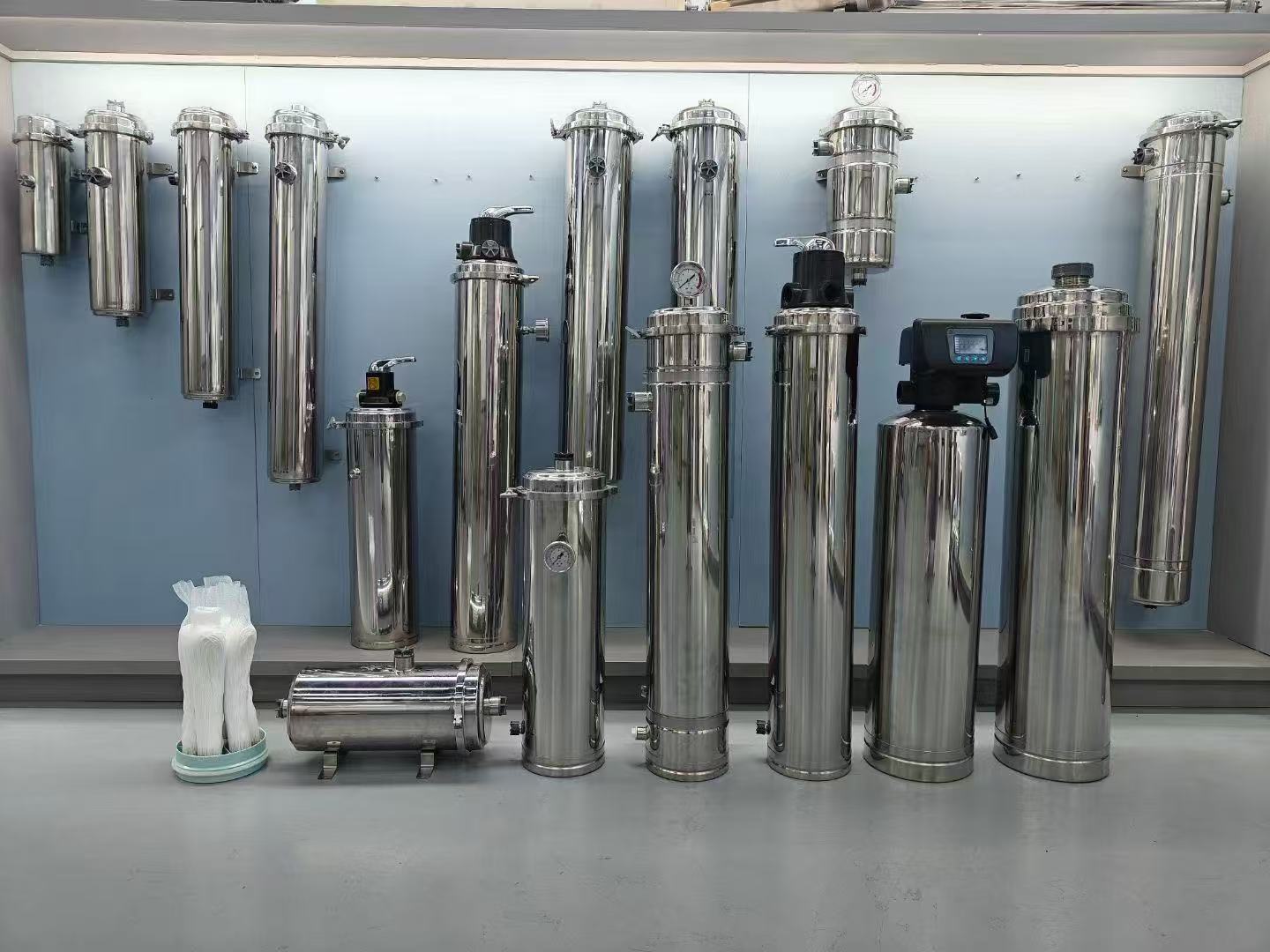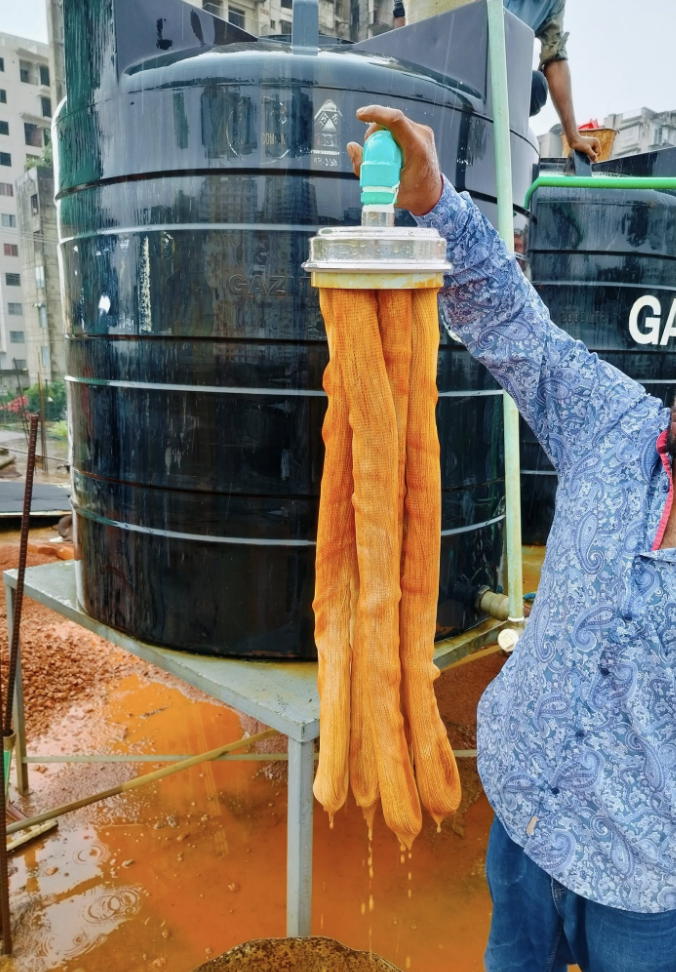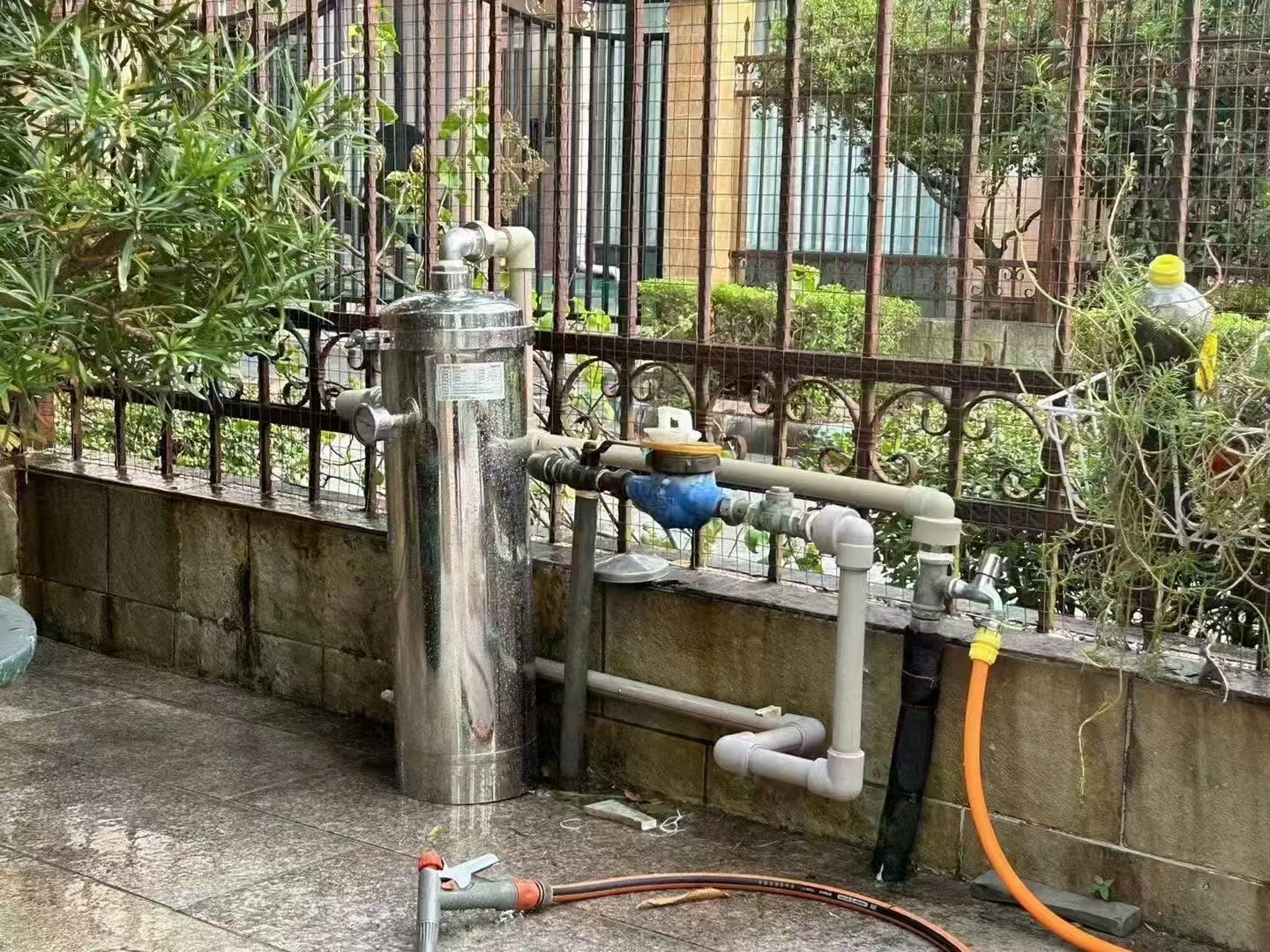
1. Core Technology: Why PVDF Dominates Ultrafiltration?
PVDF (Polyvinylidene Fluoride) ultrafiltration membranes redefine filtration technology through reusable cleaning capabilities, powered by three material advantages:
① Extreme Chemical Stability
・Withstands strong acids/alkalis (pH 2-10), tolerating frequent sodium hypochlorite cleaning with >95% regeneration efficiency
・40% better corrosion resistance than polysulfone (PS) membranes, extending service life to 5-8 years
② Mechanical Strength & Anti-Fouling
・Tensile strength of 100-150kPa survives high-pressure backwash (6-10 bar) without fiber breakage
・Hydrophilic modification reduces organic adsorption by 40%, extending cleaning cycles to 90-120 days (vs. 30-45 days for conventional membranes)
③ Precision Filtration Performance
・0.01-0.1 micron pores remove bacteria, colloids, and macromolecular organics
・Product water turbidity <0.1 NTU
・Economic Impact: Jiangsu industrial park case shows 35% lower maintenance costs and 30% energy reduction per ton of water treated

2. Applications: From Wastewater to Biopharma
PVDF membranes excel in four critical sectors due to harsh-environment durability:
① Industrial Wastewater Treatment
・Treats high-COD (>5000 mg/L) and high-oil wastewater (e.g., cosmetics/electroplating) with 85% recovery rate
・Tubular PVDF modules handle high-solids wastewater (e.g., landfill leachate) maintaining 2.5 LMH/bar flux
② Municipal Drinking Water Safety
・As RO pretreatment, reduces membrane fouling by 70% and extends system lifespan
③ Biopharmaceutical Sterilization
・Low protein adsorption ensures vaccine/mAb purity with >99.9% endotoxin removal
④ Food & Beverage Optimization
・Replaces centrifugation in orange juice clarification - 50% energy savings while preserving flavor compounds

3. Market Landscape & Innovations (2025 Data)
| Region | Primary Applications | Growth Rate | Policy Drivers |
|---|---|---|---|
| Asia-Pacific | Municipal WWT + Desalination | CAGR 9.5% | China’s $100B "14th Five-Year" Water Initiative |
| North America | Pharma + Potable Water | CAGR 6.5% | Stricter EPA regulations |
| Europe | Industrial Zero Liquid Discharge | CAGR 7.2% | EU 2030 Water Reuse Target (50%) |
Tech Evolution:
✅ AI-Driven Operations: Real-time flux monitoring + predictive cleaning (e.g., Toray Smart UF)
✅ Eco-Materials: Bio-based PVDF R&D (Dow pilot projects)
✅ Hybrid Systems: Tubular-hollow fiber combos for extreme contaminants
4. Selection Guide: Matching Membranes to Applications
| Wastewater Type | Recommended PVDF Type | Critical Parameters |
|---|---|---|
| High-Oil Cosmetic Waste | Tubular Modules | Cross-flow design |
| Low-Salinity Municipal | Hollow Fiber Membranes | Low-pressure (≤0.5 MPa) |
| Hot Bio-fermentation | Heat-resistant PVDF | 80°C tolerance |
⚠️ Industry Alert: Avoid recycled PVDF! Membrane brittleness caused 200% cost overruns in 2024 failures
Conclusion
PVDF cleanable ultrafiltration membranes are evolving from optional components to core water treatment assets - delivering 40% lower lifecycle costs and 30% chemical reduction, perfectly aligning with global carbon neutrality goals. The future battleground lies in material modifications (e.g., nano-coatings) and intelligent maintenance ecosystems.

PVDF Cleanable Ultrafiltration

